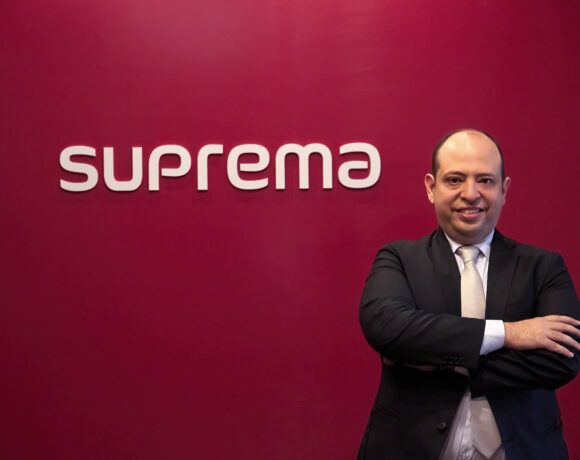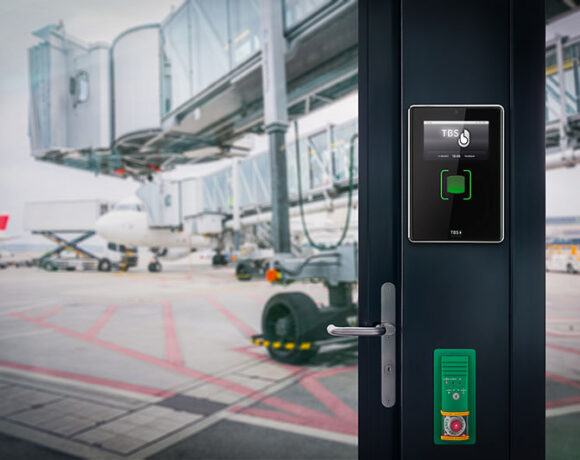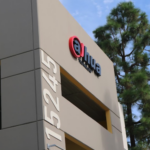Intelligent Control

As buildings become increasingly complex and we see the rise in smart buildings, the use of building management systems (BMS) will only continue to grow to control the many systems installed in a building. Vladimir Zrnic, Sales Manager for Southern Europe at Advanced explains more.
BMS is a relatively new addition to modern buildings. Thirty years ago, each individual system in a building was controlled separately and manually. This evolved into each system being controlled and monitored by a computer. The next step was to unify the equipment into one master control system that networked all the mechanical, electrical, IT, and security systems of a facility. And so BMS was created.
Integrating all the components into a single cohesive unit allows the various systems to share information so they can work more effectively. The resulting interoperability is greater efficiency, lowered operating costs, and a more secure, safer, and responsive building environment. It also improves reporting, information management, and decision-making with facility-wide insight and control for better performance.
Early BMS was limited to connecting to building systems from one manufacturer but there has been a rise in open communication protocols such as BACnet and Modbus which allow third-party devices, such as fire panels, to be easily integrated with the BMS. So how do third-party devices communicate with the BMS?
Fire Safety
A field controller for integration, such as the Advanced Commander, is a powerful IP-based solution for customers that need protocol translation between an Advanced addressable fire panel and a BMS. The Advanced Commander is a simple bridge between manufacturers’ components. It’s also bi-directional so it can monitor and communicate with other systems the BMS is connected to. For example, the BMS can send messages to an Advanced fire panel and the panel can send messages back – so, in a fire, it could close dampers in the ventilation system to stop smoke spreading, shut down fans, start the smoke extraction system, and send all the elevators to the ground floor and park them to prevent people from using them. This two-way communication is particularly useful in complex buildings, such as data centers which rely on power and cooling systems. Here through integration with the fire panel and the BMS, there may be a connection with HVAC, allowing control of dampers and fans, as well as the access control system and power supply system monitoring and control.
It’s also beneficial if a field controller offers flexibility by being able to work with both the BACnet and Modbus open networks, such as the Advanced Commander, which also goes one step further. If a field controller is incorrectly specified to one of the protocols by the customer, they can simply call Advanced and have the protocol changed remotely.
Easy configuration is also vital. With the Commander, users can configure exactly what they require to meet the fire safety needs of each building e.g. the number of connected devices and loops etc. The Commander supports up to 640 Objects/Tags of information, which can be configured and passed between network components and delivered to the BMS using TCP/IP technology. TCP/IP connectivity allows the Commander to be located locally to the distributed network of fire control panels, but at the same time caters for remote programming and BMS access. The Advanced Commander has a built-in Webserver to provide advanced control, display and management.
BMS integration is set to go further still. With new smart buildings, a BMS will be able to control a building without anyone actually managing it on site allowing users to monitor and change things in a building from a distance. BMS is already offering building managers efficiency, reduced costs, and reliability and with the advent of open communication protocols and field controllers, like the Advanced Commander, users are able to seamlessly integrate their fire system and monitor and control their buildings. With the rise of smart buildings, BMS is set to be an essential part of any commercial building.
For further information on Advanced’s AxisGo email: vzrnic@advancedco.com or visit: https://uk.advancedco.com/




















